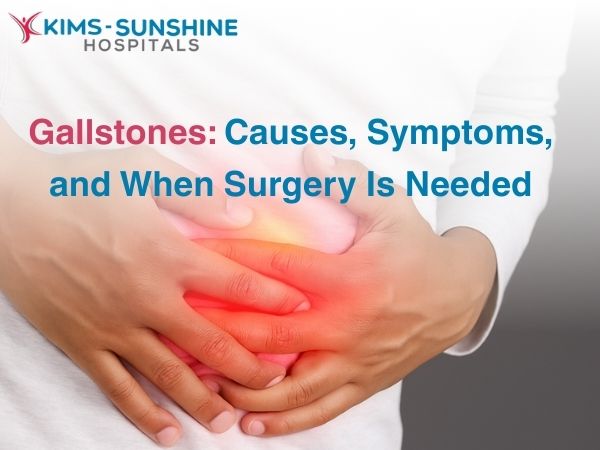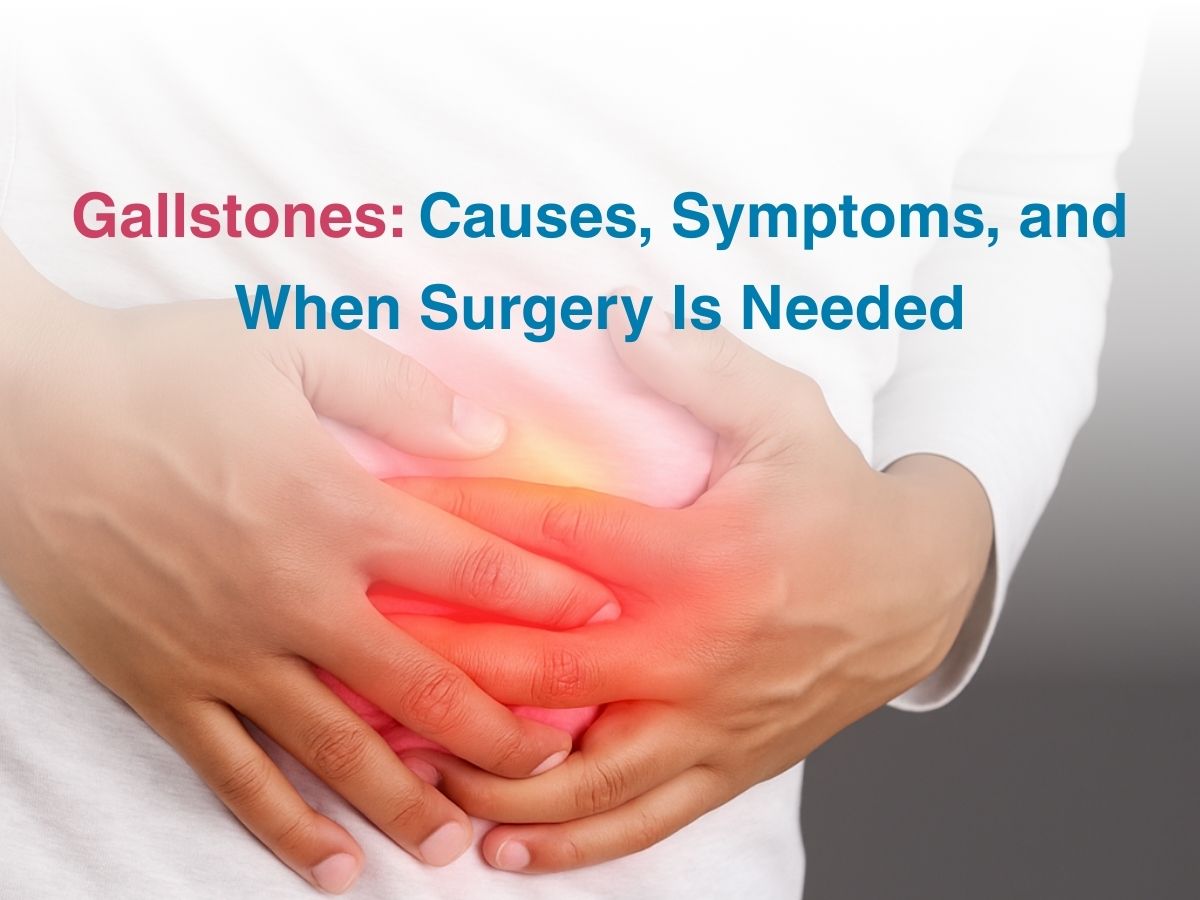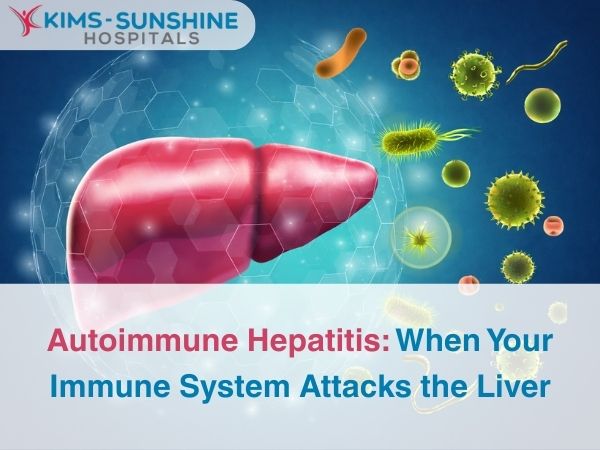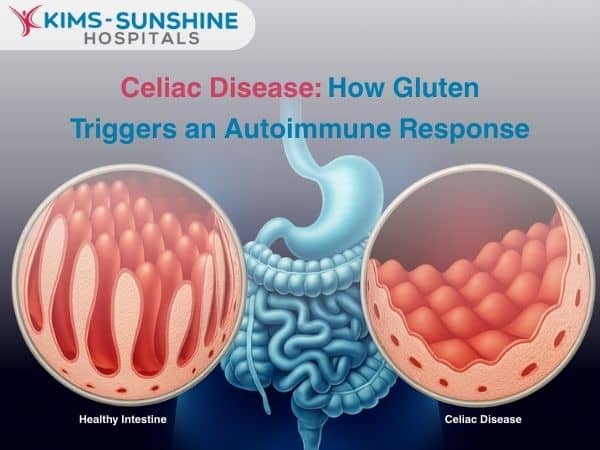
Gallstones: Causes, Symptoms, and When Surgery Is Needed

What Causes Gallstones in Adults?
Gallstones are the stubborn pebbles that form when delicate chemistry in your biliary lake goes awry and if you are in India- where our love for rich gravies, fried snacks and rapid dietary changes runs deep- then your gallbladder sometimes bears the brunt and stones arise when cholesterol or bilirubin becomes too concentrated, or when bile is not released efficiently. This situation is very much like a drain clogged by debris. Heavy meals, along with factors like gender, age around or above forty, obesity or rapid weight loss, diabetes, pregnancy, genetic history, liver disease and repeated instances of gallbladder infections can all increase the risk of formation of gallstones substantially. In short, gallstones tend to emerge from the interplay of diet, metabolism, hormones, genetics, and yes- our delicious Indian meal choices- each one a brushstroke in the art of biology gone askew.
Common Symptoms of Gallbladder Stones-
Gallstones often lurk in silence, but when they block bile flow, they bring a storyline of discomfort with pain that builds in the upper right abdomen like a drumbeat after a heavy meal or radiates to the back or shoulder blades respectively. It may be accompanied by nausea, vomiting, or even jaundice, marking the gallbladder’s protest while some people may also notice pale stools or dark urine, or experience fever when inflammation flares. These are signs that the biliary system isn’t handling the blockade well. While many live without symptoms, when the stones decide to obstruct or inflame, the body’s alarm system lights up in unmistakable fashion.
When Is Gallbladder Surgery Necessary for Stones?
Not everyone with gallstones needs surgery- for many, discovering them is like learning an innocent secret- but when stone-caused colic becomes frequent or severe, or when complications like acute cholecystitis, pancreatitis, obstructive jaundice, or gallbladder cancer risk arise (especially in regions with higher incidence), surgery becomes less of a choice and more of a rescue act. Laparoscopic cholecystectomy then becomes a trusted ally, offering small scars, quicker recovery and proven safety, particularly when done early after symptom onset. In cases where surgery is too risky, procedures such as ERCP or drainage may step in, but these are seldom permanent substitutes for gallbladder removal.
Difference Between Gallstones and Kidney Stones-
Gallstones form in the biliary system from bile components like cholesterol and bilirubin, while kidney stones are crystalline entities built from mineral overloads in urine, such as calcium or uric acid. The pain signatures differ too: gallstone pain occurs above the belly, radiating backward or to the shoulder- often triggered by fatty meals, while kidney stone pain shoots low- from groin to back, often accompanied by urinary changes.
Gallstones Diet Before and After Surgery-
Whether preparing for surgery or recovering afterward, your diet determines whether your body will regenerate with grace or rebel. So, before surgery it is wise to lean on simple, easy-to-digest meals like khichdi or steamed vegetables with minimal oil, for heavy fatty food feeds bile overload. Your diet after surgery should shift gently towards low-fat fibre-rich choices: seasonal fruits, whole grains, lean protein and more fibre to support bile flow and ease digestion. So, it is best to limit ghee, deep-fried snacks, red meat and spicy gravies for a while. Learn to embrace and appreciate home-cooked dals, cooked vegetables and mild spices.
Conclusion
Gallstones are the body’s way of whispering that balance has been lost as tiny stones form and block the smooth flow of bile. But, by noticing the signals, one can move from worry to wisdom and caring for the gallbladder is not sacrifice but a quiet act of honouring the body’s rhythm.






